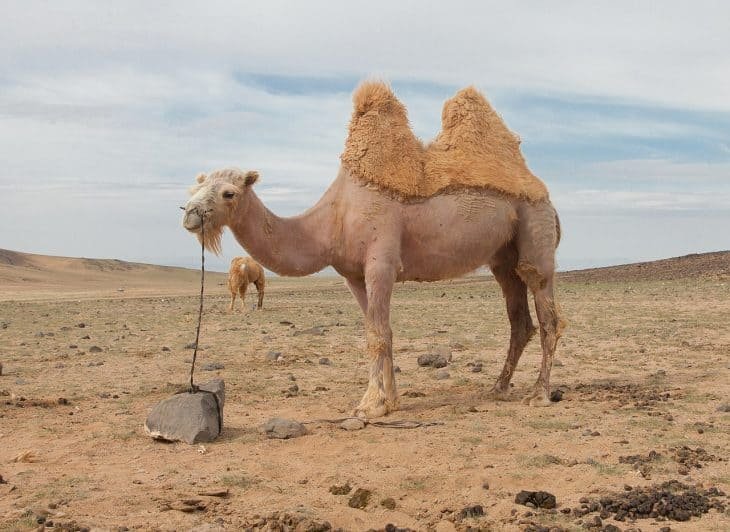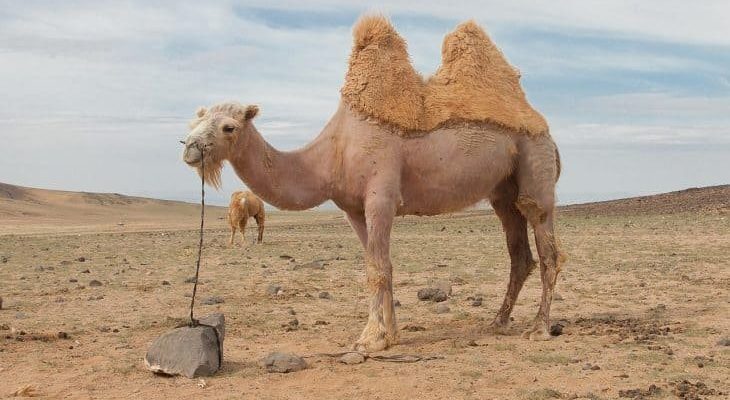
Let’s take a journey into the world of camels. Whether you’re fascinated by their quirky habits or just curious about these “ships,” you’re in for a treat. Here’s a treasure trove of facts that might just change the way you think about them!
1. Camels Are Built for the Desert
Camels are true desert survivors. Their bodies are incredibly well-adapted to hot, arid environments. They can tolerate extreme heat and can even withstand a drop in body temperature at night to keep cool. Think about it like wearing a special coat that helps you adjust to the temperature around you!
One of the key features of camels is their thick skin with very few sweat glands. This helps them retain moisture for longer periods. Even their nostrils can close to keep out sand! Instead of drinking water often, camels can go for days or even weeks without it, thanks to their unique metabolism. When they do drink, they can gulp down to 40 gallons in one go—like chugging a large bottle of water after a long run!
2. There Are Two Types of Camels
Did you know there are actually two distinct types of camels? The dromedary has one hump and is the most common type, making up about 90% of the camel population. You might spot them in countries like Egypt or Saudi Arabia. They’re like the bold, adventurous friend who’s always ready for a road trip!
The other type, the Bactrian camel, has two humps and is typically found in Central Asia. Picture them as the wise, rugged folk of the desert. The extra hump allows them to store more energy, which comes in handy in their colder, harsher habitats. Each type has unique adaptations that help it thrive in its environment, making them fascinating subjects of study.
3. Their Humps Are for Storing Fat
If you’ve ever wondered about the purpose of a camel’s hump, here’s the scoop: it’s not for water! Contrary to popular belief, those humps store fat, not liquid. This fat serves as an energy reserve that camels can draw from when food is scarce. It’s like packing energy bars for a long hike—when you run low on snacks, you tap into that reserve.
When a camel uses its fat, the hump actually shrinks. So, if you see a full, plump hump, it means the camel is well-fed! On the flip side, a smaller hump might indicate that it’s been living off that stored energy. This remarkable adaptation allows camels to travel long distances across desert landscapes, proving just how efficient they are.
4. Camels Can Drink Salty Water
Here’s another wow factor: camels can drink salty water! Most animals would struggle with this, but camels have special kidneys and intestines that filter out excess salt. Imagine being able to enjoy a salty snack without any repercussions—that’s what camels do every time they drink from a saltwater source.
This ability makes them resilient travelers. In the vast desert, where fresh water can be hard to come by, this trait gives them a significant advantage over other animals. They can quench their thirst in places where others may perish.
5. They Have Unique Eating Habits
What do camels eat, you ask? They’re actually herbivores and have a varied diet that includes dry grasses, grains, and even thorny plants. Their tough mouths allow them to munch on these prickly snacks without harm. It’s like being able to eat a spicy dish without feeling it—pretty impressive!
Camels are also known to chew their food thoroughly, which helps maximize nutrient extraction. They can even extract moisture from their food, which is super efficient. So, when they’re snacking in the desert, they’re making the most of every bite!
6. Camels Have Interesting Social Structures
Camels often live in groups, called herds. This social behavior helps them stay safe and find food more efficiently. Herds are usually made up of females and their young, while adult males tend to roam alone or in smaller groups during certain seasons.
You might think of it like a family gathering—everyone knows their roles and works together. Camels communicate with each other through a variety of sounds and body language, making their social interactions rich and complex. They even form close bonds, which is heartwarming to consider in the often harsh desert setting.
7. They’re Great for Transportation
Throughout history, camels have been used as a reliable mode of transportation. Their strength and endurance make them perfect for carrying loads across vast stretches of desert. Think of them as nature’s trucks—they can travel up to 25 miles a day while carrying heavy burdens.
In many cultures, camels serve as crucial partners in trade, and even in some modern tourism. Riding camels can offer a unique way to experience the desert landscape. Tourists often flock to ride camels, which adds to their status as iconic symbols of the desert.
8. Camels Are Surprisingly Fast
You might not associate camels with speed, but they can actually run quite fast! When pushed, they can sprint at speeds of up to 40 miles per hour for short distances. It’s like watching a slow-motion race where the unexpected happens—these gentle giants can surprise you!
Their long legs and unique gait help them cover ground quickly, making them efficient travelers. When they want to move, they can cover vast distances, proving that they’re more than just sedentary creatures lounging in the sun.
9. They Have Thick Eyelashes for Protection
If you’ve ever seen a camel up close, you might notice their long, luscious eyelashes. These aren’t just for show—they actually serve a practical purpose! Camels have adapted to the harsh desert environment by developing thick eyelashes that help shield their eyes from sand and dust.
This feature acts like a pair of protective glasses. When a sandstorm hits, camels can keep their eyes safe and still see where they’re going. How’s that for an evolutionary advantage?
10. Camels Are Symbolic in Many Cultures
Finally, camels hold significant cultural importance in many societies. They’re often seen as symbols of endurance, strength, and patience. In some cultures, they’re even considered sacred. Just as you might look to a sturdy oak tree as a symbol of strength, many people see camels as enduring guardians of life in the desert.
Festivals and events celebrate camels, showcasing their beauty and importance. From camel racing to cultural parades, these events highlight the deep respect and admiration people have for these remarkable animals.
In conclusion, camels are so much more than just a mode of transportation or a desert sighting. They’re fascinating, adaptable beings rich in history and culture. So the next time you think of camels—whether it’s in a story, a movie, or just in your day-to-day life—remember these captivating facts! You’ve entered a world filled with endurance and resilience that deserves appreciation.

